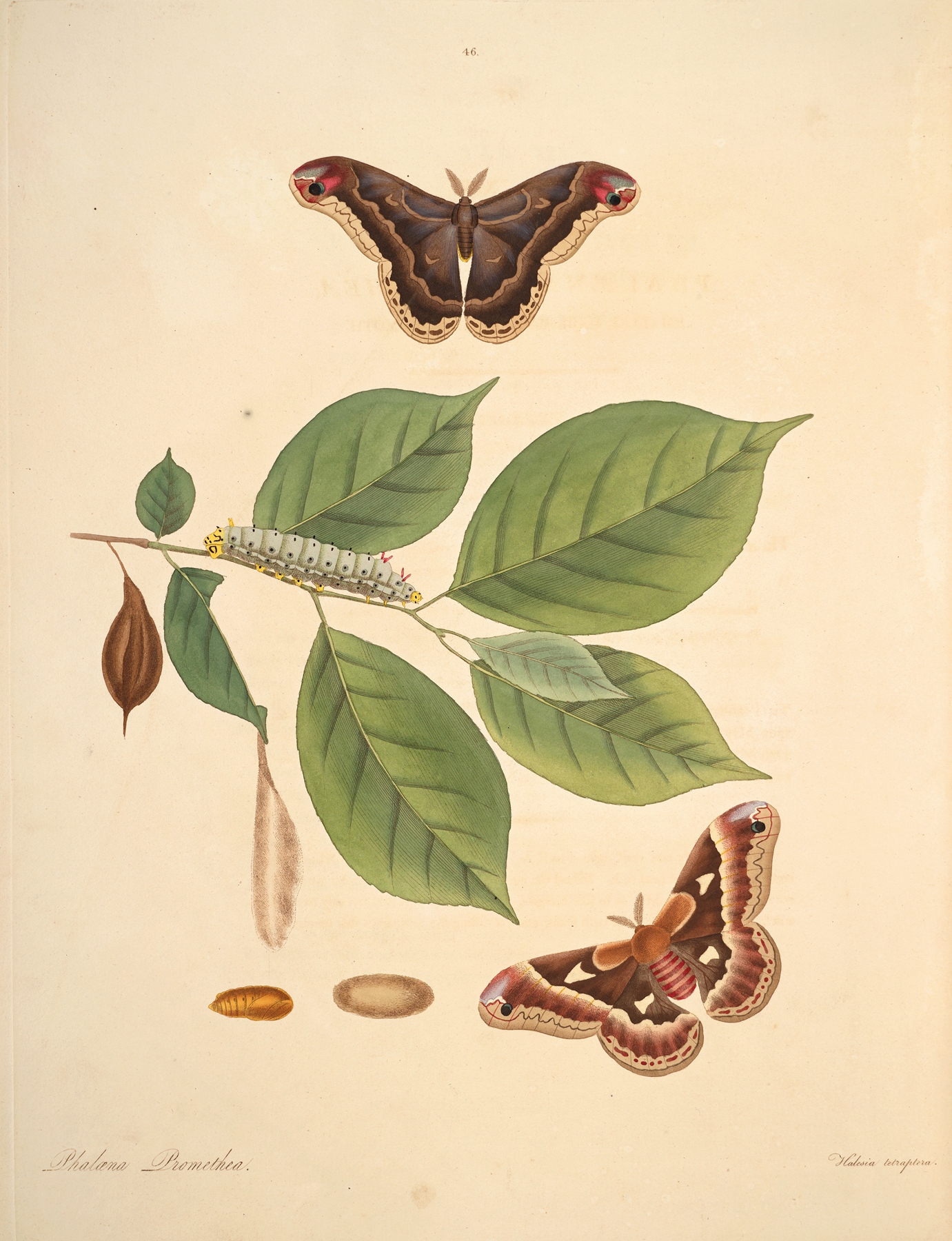Description
The natural history of the rarer lepidopterous insects of Georgia Pl.046 by James Edward Smith printed on a T-Shirt
About the T-Shirt
Regular fit
Standard length, the fabric easily gives into movement
Casual wear
A classic, everyday option loved by our customers
Side-seamed
Constructed by sewing two parts together, creating a fitted look
The Unisex Staple T-Shirt feels soft and light with just the right amount of stretch. It’s comfortable and flattering for all. We can’t compliment this shirt enough–it’s one of our crowd favorites, and it’s sure to be your next favorite too!
- Solid colors are 100% Airlume combed and ring-spun cotton
- Ash color is 99% combed and ring-spun cotton, 1% polyester
- Heather colors are 52% combed and ring-spun cotton, 48% polyester
- Athletic and Black Heather are 90% combed and ring-spun cotton, 10% polyester
- Heather Prism colors are 99% combed and ring-spun cotton, 1% polyester
- Fabric weight: 4.2 oz./yd.² (142 g/m²)
- Pre-shrunk fabric
- 30 singles
- Side-seamed construction
- Tear-away label
- Shoulder-to-shoulder taping
- Blank product sourced from Nicaragua, Mexico, Honduras, or the US
James Edward Smith (1759 – 1828)
Sir James Edward Smith was an English botanist and founder of the Linnean Society.
Smith was born in Norwich in 1759, the son of a wealthy wool merchant. He displayed a precocious interest in the natural world. During the early 1780s, he enrolled in the medical course at the University of Edinburgh where he studied chemistry under Joseph Black and natural history under John Walker. He then moved to London in 1783 to continue his studies. Smith was a friend of Sir Joseph Banks, who was offered the entire collection of books, manuscripts and specimens of the Swedish natural historian and botanist Carl Linnaeus following the death of his son Carolus Linnaeus the Younger. Banks declined the purchase, but Smith bought the collection for the bargain price of £1,000. The collection arrived in London in 1784, and in 1785 Smith was elected Fellow of the Royal Society.
Between 1786 and 1788, Smith made the grand tour through the Netherlands, France, Italy and Switzerland visiting botanists, picture galleries and herbaria. He founded the Linnean Society of London in 1788, becoming its first President, a post he held until his death. He returned to live in Norwich in 1796 bringing with him the entire Linnean Collection. His library and botanical collections acquired European fame and was visited by numerous entomologists and botanists from all over the Continent. In 1792, he was elected a foreign member of the Royal Swedish Academy of Sciences.
In 1796, he was elected a member of the American Philosophical Society.
Smith spent the remaining thirty years of his life writing books and articles on botany. His books included Flora Britannica and The English Flora (4 volumes, 1824 – 1828). He contributed 3,348 botanical articles to Rees’s Cyclopædia between 1808 and 1819, following the death of Rev. William Wood, who had started the work. In addition, he contributed 57 biographies of botanists.
He contributed seven volumes to the major botanical publication of the eighteenth century, Flora Graeca, the publications begun by John Sibthorp. A fruitful collaboration was found through descriptions Smith supplied to publisher and illustrator, James Sowerby with whom he subsequently developed as passionate interest in mosses and lichens. Depiction of flora in England had previously only found patronage for aesthetic concerns, but an interest in gardening and natural history saw illustrated publications, such as the exotic A Specimen of the Botany of New Holland and James Sowerby’s 36-volume English Botany, reach new audiences.
In 1797, Smith published The Natural History of the Rarer Lepidopterous Insects of Georgia, the earliest book on North American insects. It included the illustrations and notes of John Abbot, with descriptions of new species by Smith based on Abbot’s drawings.
Smith’s friendship with William Roscoe (after whom he named the genus Roscoea) saw him contribute 5000 plants, between 1806 and 1817, to supplement the Roylean Herbarium. This was to become the Smith Herbarium held by the Liverpool Botanical Garden.
Smith died at his Norwich home in Surrey Street on March 17, 1828, aged 68. After his death the Linnean Collection, together with Smith’s own collections, were bought by the Linnean Society for £3,000.
He was married in 1796 to Pleasance Reeve, who survived her husband by 49 years and edited his memoirs and correspondence. They are buried together at St Margaret’s, Lowestoft. His niece, Frances Catherine Barnard (1796–1869), was an author.






Reviews
There are no reviews yet.